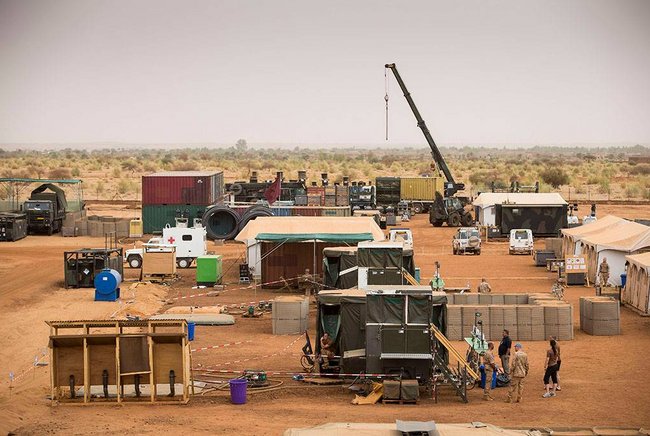Robust and Light AM Components for Military Systems
New research project aims to develop and showcase new materials and technologies for additive manufacturing defence applications

Technology and resources are key elements in defining military might and geo-political influence. Similarly, a lack of sovereign technology, know-how, and available resources relinquish power to foreign parties. A new research project funded by the European Defence Fund (EDF) aims to develop and showcase new materials and technologies for additive manufacturing defence applications for lightweight applications.
Strong and experienced partnership
The ROLIAC consortium is a strong and experienced partnership comprising a wide range of partners from many EU countries and with a strong support from several Ministries of Defence. ROLIAC will enable design and manufacture of lightweight military grade parts with novel materials and take full advantage of the key benefits offered by Additive Manufacturing (AM) for the EU defence sector.
AM benefits
ROLIAC has identified three key benefits that AM may bring to the defence sector:
- Robust, resilient, and secure supply chains.
- Design of both lightweight and high performing components.
- The use of novel materials for improved mechanical properties.
To ensure that the research and development actions carried out in the ROLIAC project aligns with the targeted objectives, three diverse use cases have been selected as demonstration guides for the project. The use cases represent ground, air and space applications.
Optimal design supply chain
TU/e researchers Rob Basten and Loe Schlicher will focus on the development of models and techniques for the optimal design of a military spare parts supply chain towards a mission area for one nation as well as a mission area for multiple nations. Furthermore, techniques will be developed to financially compensate nations when sharing AM capabilities on a mission. Finally, mathematical models will be developed to predict the value of embedding sensors in a component: such sensors can be used to predict an upcoming need for replacement, triggering the printing of a spare part.
The concept of ROLIAC will be validated by addressing the topic from the design stage through the stages of production and quality control to risk reducing testing and the overall potential impact on supply chains, including Life Cycle Assessments of the use cases. The results of ROLIAC will be shared with relevant stakeholders of the European defence ecosystem.